

|
|
Last Embrace (Blu-ray)
[Blu-ray]
Blu-ray B - United Kingdom - Signal One Entertainment Review written by and copyright: Paul Lewis (28th October 2015). |
|
The Film
  The Last Embrace (Jonathan Demme, 1979) The Last Embrace (Jonathan Demme, 1979)
Jonathan Demme’s career is an interesting one. He began his association with the world of cinema as a critic, and received his training as a filmmaker in the realm of exploitation cinema, directing films produced by Roger Corman: Caged Heat (1974), Crazy Mama (1975) and Fighting Mad (1976). From his work with Corman, Demme apparently learnt how to work quickly and cheaply: ‘I try not to waste money […] I’d feel as bad about squandering somebody’s $165,000 as squandering their $5 million’ (Demme, quoted in Kapsis, 2009: viii). Throughout the 1980s, beginning with the offbeat Melvin and Howard in 1980, Demme carved a niche as a filmmaker capable of delivering distinguished, often blackly comic and self-aware pictures such as Something Wild (1987), culminating in his acclaimed one-two punch during the early 1990s of The Silence of the Lambs (1991) and Philadelphia (1993). In a 2002 article about Demme, the New York Times referred to the director as ‘a hipster hero to a generation of filmmakers and film-lovers—a sort of rock-and-roll Jean Renoir’ (quoted in ibid.: vii). Here, with The Last Embrace (1979), the film Demme made immediately prior to Melvin and Howard, Demme demonstrated his ability to handle a Hollywood thriller – one rich in Hitchcockian pastiche, but sans the obsessive focus of Brian De Palma’s roughly contemporaneous Hitchcockian thrillers (for example, Sisters, 1973; Obsession, 1976; Dressed to Kill, 1980; Blow Out, 1981; and Body Double, 1984). Demme later suggested that the film was rushed into production before problems with its script had been addressed fully (Demme, cited in Kapsis, op cit.: viii). There’s certainly an unevenness to the film and an abrupt shift in focus at the midway point which, whilst it perhaps owes something to the about-faces within the narratives of Hitchcock’s Vertigo (1958) and Psycho (1960), seems awkward and out of place. Andrew Sarris criticised the film for its frustrating abandonment of its initial promise of a ‘vaguely institutional paranoia’ for ‘a personal vendetta’ (Sarris, quoted in Kachmar, 2002: 82).  Adapted from the 1977 novel The 13th Man by Murray Teigh Bloom, The Last Embrace begins with spy Harry Hannan (Roy Scheider) and his wife Dorothy (Sandy McLeod) in El Paso. A group of men approach Harry and a gunfight follows, during which Dorothy is hit; she subsequently dies. Following this, we see Harry in a mental hospital where he has apparently been recovering from a breakdown for a number of months. He is discharged and, insisting that he needs to return to work, decides to visit his former boss, Eckard (Christopher Walken), in New York. On the way, at a train station in Connecticut Harry almost falls into the path of an express train. He believes he has been pushed, and challenges the man standing behind him – but other witnesses suggest that Harry simply stumbled. Adapted from the 1977 novel The 13th Man by Murray Teigh Bloom, The Last Embrace begins with spy Harry Hannan (Roy Scheider) and his wife Dorothy (Sandy McLeod) in El Paso. A group of men approach Harry and a gunfight follows, during which Dorothy is hit; she subsequently dies. Following this, we see Harry in a mental hospital where he has apparently been recovering from a breakdown for a number of months. He is discharged and, insisting that he needs to return to work, decides to visit his former boss, Eckard (Christopher Walken), in New York. On the way, at a train station in Connecticut Harry almost falls into the path of an express train. He believes he has been pushed, and challenges the man standing behind him – but other witnesses suggest that Harry simply stumbled.
Harry makes contact with Eckart. Harry demands an assignment, but Eckart is resistant, suggesting that Harry relax for a few days. It’s a suggestion to which Harry responds badly. Harry returns to his apartment to find that it has been sublet to a young graduate student, Ellie Fabian (Janet Margolin). Ellie presents Harry with a note, written in Aramaic, which will kickstart Harry’s investigation. Harry takes the note to a rabbi, Joshua Drexel (David Margulies), who tells Harry that the note refers to Goel HaDam, an ‘avenger of blood’ and is ‘some sort of death threat’, and contains the initials ‘ZM’. Harry finds that he is followed. Visiting the graves of his family, he is confronted by the man that has been following, who reveals himself to be David (Charles Napier), Dorothy’s brother. David blames Harry for Dorothy’s death. David reports back to Eckart, who gives David the order to kill Harry. 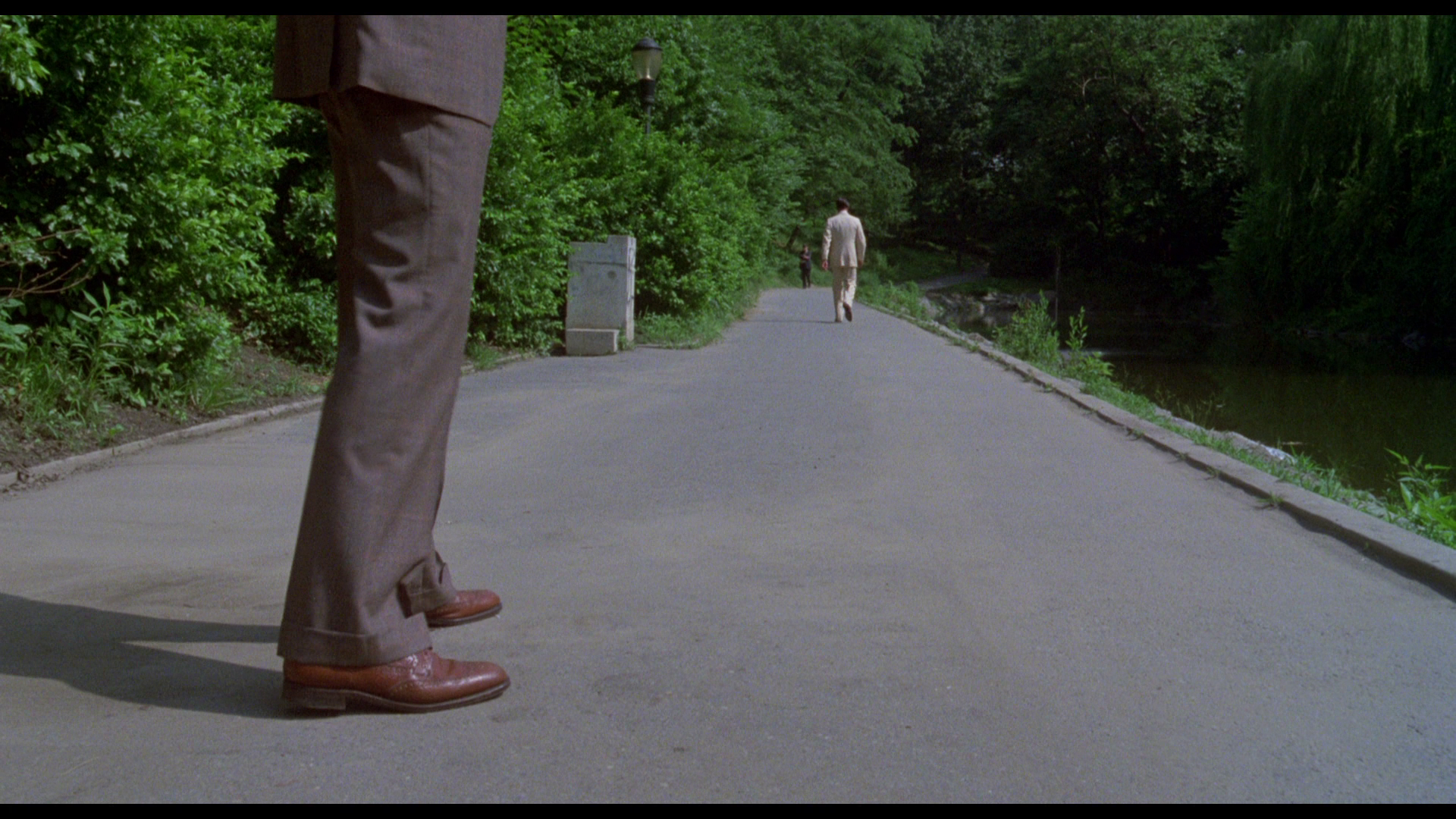 Harry, who has begun to suffer seizures and night terrors related to his memory of the murder of his wife, enlists the help of Ellie in unraveling the mystery surrounding the note he has received. Ellie takes Harry to visit her friend, an academic named Richard Peabody (John Glover) who tells Harry that he has heard of a number of men who received similar notes prior to their deaths (‘You seem to be the only one [recipient] still alive’, Peabody says). Harry, who has begun to suffer seizures and night terrors related to his memory of the murder of his wife, enlists the help of Ellie in unraveling the mystery surrounding the note he has received. Ellie takes Harry to visit her friend, an academic named Richard Peabody (John Glover) who tells Harry that he has heard of a number of men who received similar notes prior to their deaths (‘You seem to be the only one [recipient] still alive’, Peabody says).
In the belltower of the university, David makes an attempt on Harry’s life. Harry turns on the bells, and deafened by their extreme noise David falls to his death. Climbing back down the tower’s steps, Harry encounters an elderly man, Sam Urdell (Sam Levene). Urdell is a member of ‘the committee’ (‘Five Jews get killed by a lunatic leaving Hebrew notes; naturally you got to have a “committee”’, Urdell tells Harry), and Urdell has been called to assist Harry by Drexel. Together, Harry and Urdell discover that the initials ‘ZM’, on the note Harry received, refer to the Zvi Madal, a company who owned a chain of brothels in New York. The Zvi Madal was involved in the white slave trade (or what today would be referred to as ‘sex trafficking’), forcing women into prostitution and using these women in their brothels in New York City. Harry’s grandfather, Max Hannan, was the secretary of the Zvi Madal; the other dead men also had ancestors who were members of this secret organisation. Ellie, it is revealed, is the granddaughter of a woman forced into prostitution by the Zvi Madal; Ellie’s grandmother subsequently contracted syphilis and died of this illness. Ellie is the one who has been eliminating the descendants of members of the Zvi Madal, and it is Ellie who sent the death threat to Harry. Harry becomes aware of this fact, and he takes Ellie to Niagara Falls – where their final confrontation will take place.  The opening sequence establishes the moment of trauma upon which Harry is fixated an to which he will refer throughout much of the rest of the film. The death of Dorothy in El Paso is framed like a ‘primal scene’, using unconventional editing techniques as if to foreground its status as a memory (or perhaps Harry’s fantasy/nightmare, based upon a memory). Harry and Dorothy are seen at a restaurant. They kiss. ‘I missed you, Harry’, Dorothy says. Harry notices several men approaching their table. Dissolves are used to repeatedly cut together shots which dolly towards the faces of these men and a shot which dollies towards Harry’s face. It’s an unusual piece of editing – dissolves are of course usually used to denote the movement to a new scene, but here they are used repeatedly within a single scene. A gunfight ensues, shot in Peckinpah-esque slow-motion. The men draw on Harry; Harry fires back. During the crossfire, Dorothy is hit fatally. The opening sequence establishes the moment of trauma upon which Harry is fixated an to which he will refer throughout much of the rest of the film. The death of Dorothy in El Paso is framed like a ‘primal scene’, using unconventional editing techniques as if to foreground its status as a memory (or perhaps Harry’s fantasy/nightmare, based upon a memory). Harry and Dorothy are seen at a restaurant. They kiss. ‘I missed you, Harry’, Dorothy says. Harry notices several men approaching their table. Dissolves are used to repeatedly cut together shots which dolly towards the faces of these men and a shot which dollies towards Harry’s face. It’s an unusual piece of editing – dissolves are of course usually used to denote the movement to a new scene, but here they are used repeatedly within a single scene. A gunfight ensues, shot in Peckinpah-esque slow-motion. The men draw on Harry; Harry fires back. During the crossfire, Dorothy is hit fatally.
From here, Demme cuts to Harry in the mental hospital in which he has been recuperating from his breakdown. Harry, dressed in a white suit with a white shirt and tie, is set against the white walls of the institution. He stares out of a window. A female doctor (Jacqueline Brookes) speak, offscreen: ‘Most natural thing in the world, leaving the womb’, she says, ‘going back to cold reality’. It’s an odd choice of words, presumably referencing Harry’s impending departure from the sanctity of the hospital to the uncertainty of the world outside – but also perhaps referring more obliquely to Harry’s loss of his wife Dorothy and the necessity of being ‘reborn’ following this, renegotiating his relationship with the world and, indeed, his own life. ‘So, naturally, what do you do?’, the doctor asks before answering her own question, ‘You relive the whole thing in a dream’. Her declaration highlights the significance of the moment of Dorothy’s death for Harry as a ‘primal scene’ – a moment of trauma that Harry, and therefore the film (which, with the notable exception of two sequences, presents the story from Harry’s perspective), returns to throughout the story. ‘I’ll just have to get myself back in the harness, get my mind into something else’, Harry asserts. ‘Things are apt to feel a bit… strange at first’, the doctor warns Harry, and subsequent scenes prove just how accurate her prediction is – with Harry and the audience questioning his judgement and his perception of the world around him. Following this line of dialogue, we are presented with a close-up of Harry’s hand as he picks up his washbag; his hand shakes violently, foreshadowing the seizures he will experience later in the picture. ‘The trick is not to panic’, his doctor offers. ‘All I need is a little work’, Harry insists. ‘Think of the mind as a weave, Harry’, the doctor says, ‘A fabric Some of your threads happened to get a bit over-stretched. We don’t want to put too much pressure on the thin spot. Not right away’.  Harry’s potential paranoia is established early on, when at the train station in Connecticut he almost falls into the path of an express train. Harry assaults the man behind him, accusing him of attempting to push Harry onto the tracks. The man insists Harry stumbled, and another witness corroborates this version of events. Harry is humiliated; the people around him accuse him of being crazy or drunk. He begins to doubt himself, and the audience begins to doubt his interpretation of the world around him too. In the next scene, Harry visits a department store and speaks with a sales assistant, Adrian (Marcia Rodd). He buys something from her and takes it into a telephone booth. He looks at the band wrapped around it, expecting a message to be on it – but there is nothing there. Harry confronts Adrian and follows her after her shift. At this point, the audience may very well believe that Harry is delusional. Harry has a conversation with Adrian, telling her that he wants an assignment: ‘I want to know if something’s going on I don’t know about’. He senses something taking place behind the scenes: ‘It’s like listening to a bad joke, only I don’t get the punchline’. Adrian warns Harry to ‘watch out for Dave’; but as he walks away, she suggests to her friend that Harry is a little unstable, and again the audience may perceive Harry’s conversation with Adrian to be the product of his paranoid delusions – and that Adrian may simply be pandering to these delusions in order to placate Harry. Harry’s potential paranoia is established early on, when at the train station in Connecticut he almost falls into the path of an express train. Harry assaults the man behind him, accusing him of attempting to push Harry onto the tracks. The man insists Harry stumbled, and another witness corroborates this version of events. Harry is humiliated; the people around him accuse him of being crazy or drunk. He begins to doubt himself, and the audience begins to doubt his interpretation of the world around him too. In the next scene, Harry visits a department store and speaks with a sales assistant, Adrian (Marcia Rodd). He buys something from her and takes it into a telephone booth. He looks at the band wrapped around it, expecting a message to be on it – but there is nothing there. Harry confronts Adrian and follows her after her shift. At this point, the audience may very well believe that Harry is delusional. Harry has a conversation with Adrian, telling her that he wants an assignment: ‘I want to know if something’s going on I don’t know about’. He senses something taking place behind the scenes: ‘It’s like listening to a bad joke, only I don’t get the punchline’. Adrian warns Harry to ‘watch out for Dave’; but as he walks away, she suggests to her friend that Harry is a little unstable, and again the audience may perceive Harry’s conversation with Adrian to be the product of his paranoid delusions – and that Adrian may simply be pandering to these delusions in order to placate Harry.
Harry returns to his apartment, to discover that Ellie is subletting it. ‘My firm owns this apartment’, Harry protests, ‘and when we’re away they sublet it’. A prominent feature of the mise-en-scène within the apartment is a skull which sits on top of the wardrobe in one scene and is seen between Harry and Ellie much later on it; it’s a hint of the macabre that exists within Ellie’s outwardly scatty persona. Even here, in Harry’s first meeting with Ellie, we might interpret Harry’s behaviour as ‘off’ and delusional. He prickles when Ellie tells him that the landlord told her Harry would be away ‘indefinitely’; Harry protests forcefully, ‘No, that’s not the word they used [….] They said “temporary leave”’. Ellie insists that she was told he would be away ‘indefinitely’, and hands him the note in Aramaic. It’s only when Harry speaks with Eckart that Harry’s version of events – that he is a spy of some kind – is confirmed for the viewer. Eckart tells Harry that he should ‘take it easy for a few days’. To this, Harry responds angrily: ‘Don’t be so goddamn understanding, you supercilious son of a bitch’. Harry protests that he has been on leave and is ready to return to work. Eckard reminds Harry that ‘you had a breakdown. You were in a sanatorium. It wasn’t a leave; it was a breakdown. Why do you force me to say these things […] I don’t know what you think is going on, but it’s not us. I hope it’s not you’. 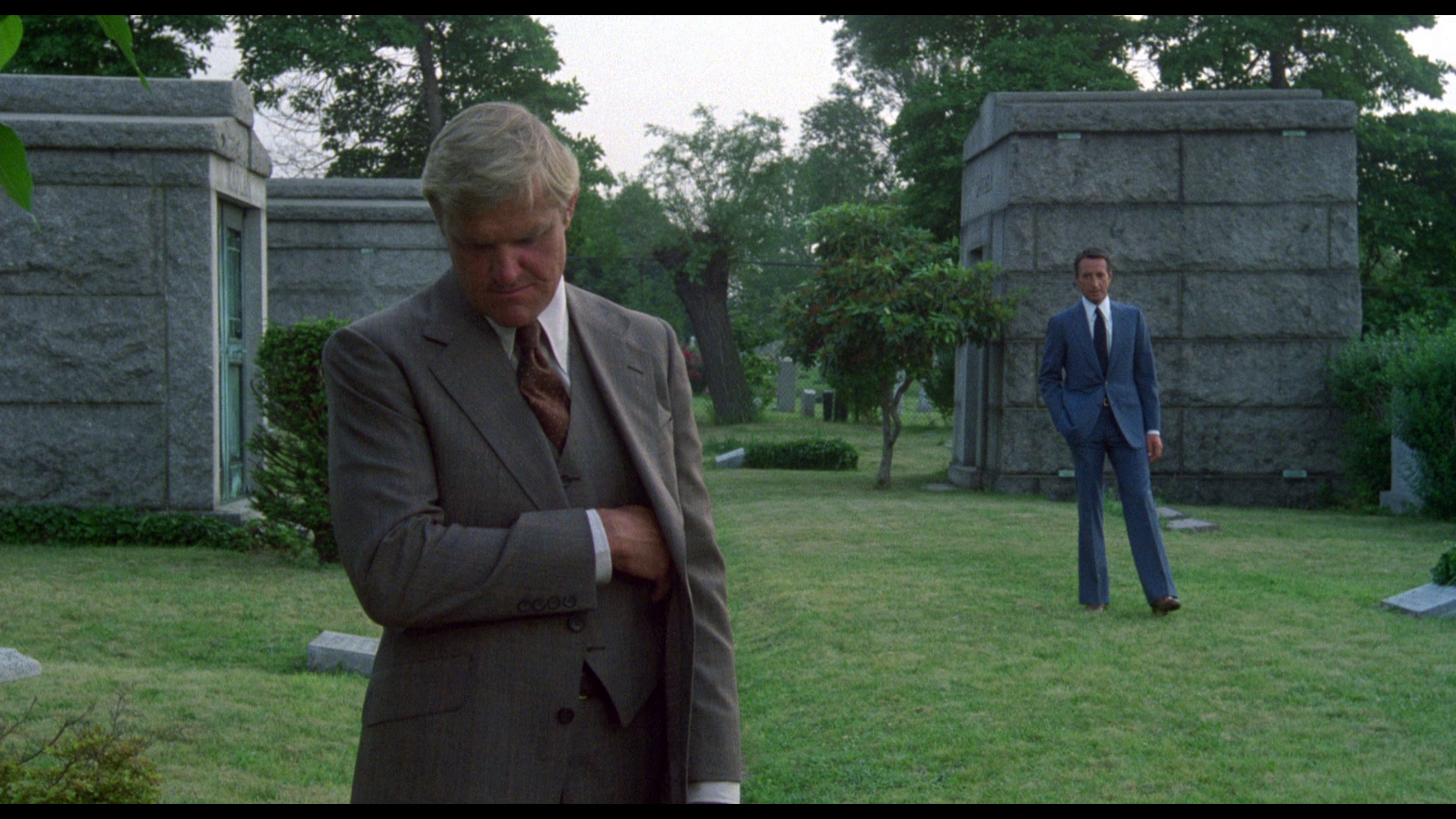 Most of the film is presented from Harry’s perspective: we follow the unfolding of the plot with Harry. There are two notable exceptions to this: after David has confronted Harry at the cemetery (‘You’re careless with people, Harry’, David warns his brother-in-law), David reports back to Eckart who orders David to kill Harry. Later, in the most shocking revelation (though not one which isn’t signposted for the viewer), we see Ellie as ‘Eva’, a prostitute, with a client, Bernie (Andrew Duncan). Eva seduces Bernie, leading him to the bathtub where she sits astride him and, as they fuck, drowns him. It’s a striking, haunting scene; ‘Eva’s bright red lipstick reappears later in the film, as a signifier of impending danger for Harry, when Harry – who has realised Ellie’s part in the plot against him – takes Ellie for a drive out to the Niagara Falls. During the drive, Ellie applies the blood red lipstick (‘I have to look my best, don’t I’), which has become an index of her murderous intentions. Most of the film is presented from Harry’s perspective: we follow the unfolding of the plot with Harry. There are two notable exceptions to this: after David has confronted Harry at the cemetery (‘You’re careless with people, Harry’, David warns his brother-in-law), David reports back to Eckart who orders David to kill Harry. Later, in the most shocking revelation (though not one which isn’t signposted for the viewer), we see Ellie as ‘Eva’, a prostitute, with a client, Bernie (Andrew Duncan). Eva seduces Bernie, leading him to the bathtub where she sits astride him and, as they fuck, drowns him. It’s a striking, haunting scene; ‘Eva’s bright red lipstick reappears later in the film, as a signifier of impending danger for Harry, when Harry – who has realised Ellie’s part in the plot against him – takes Ellie for a drive out to the Niagara Falls. During the drive, Ellie applies the blood red lipstick (‘I have to look my best, don’t I’), which has become an index of her murderous intentions.
The threat represented by David and Eckart is eradicated when Harry kills David in the belltower at the university. From here, the narrative undergoes a sudden shift in focus, away from the focus on spycraft and on to Ellie’s quest for revenge against the descendants of the Zvi Madal. It is at this point that the film transforms from a paranoid film about espionage into a revenge narrative – a shift in focus that seems disconnected from what has taken place before it. As Jonathan Freedman has argued, Demme’s fascination with the machinations of Hitchcock’s thrillers has been ‘career long’, with films such as Something Wild and The Silence of the Lambs offering a pastiche of elements of Hitchcock’s approach to the thriller (Freedman, 2015: 232). As Freedman suggests, The Last Embrace features a Hitchcockian ‘wrong-man plot and a climactic fight scene at a famous public site – in this case, Niagara Falls’ (ibid.). The film contains a number of echoes of Hitchcock’s work: Miklos Rosza’s score is highly reminiscent of Bernard Herrmann’s work on a number of Hitchcock pictures; and like Scotty in Vertigo Harry is an emotionally crippled protagonist, fixated on a moment of trauma to the extent that this leads the audience to question his perception of the world around him. 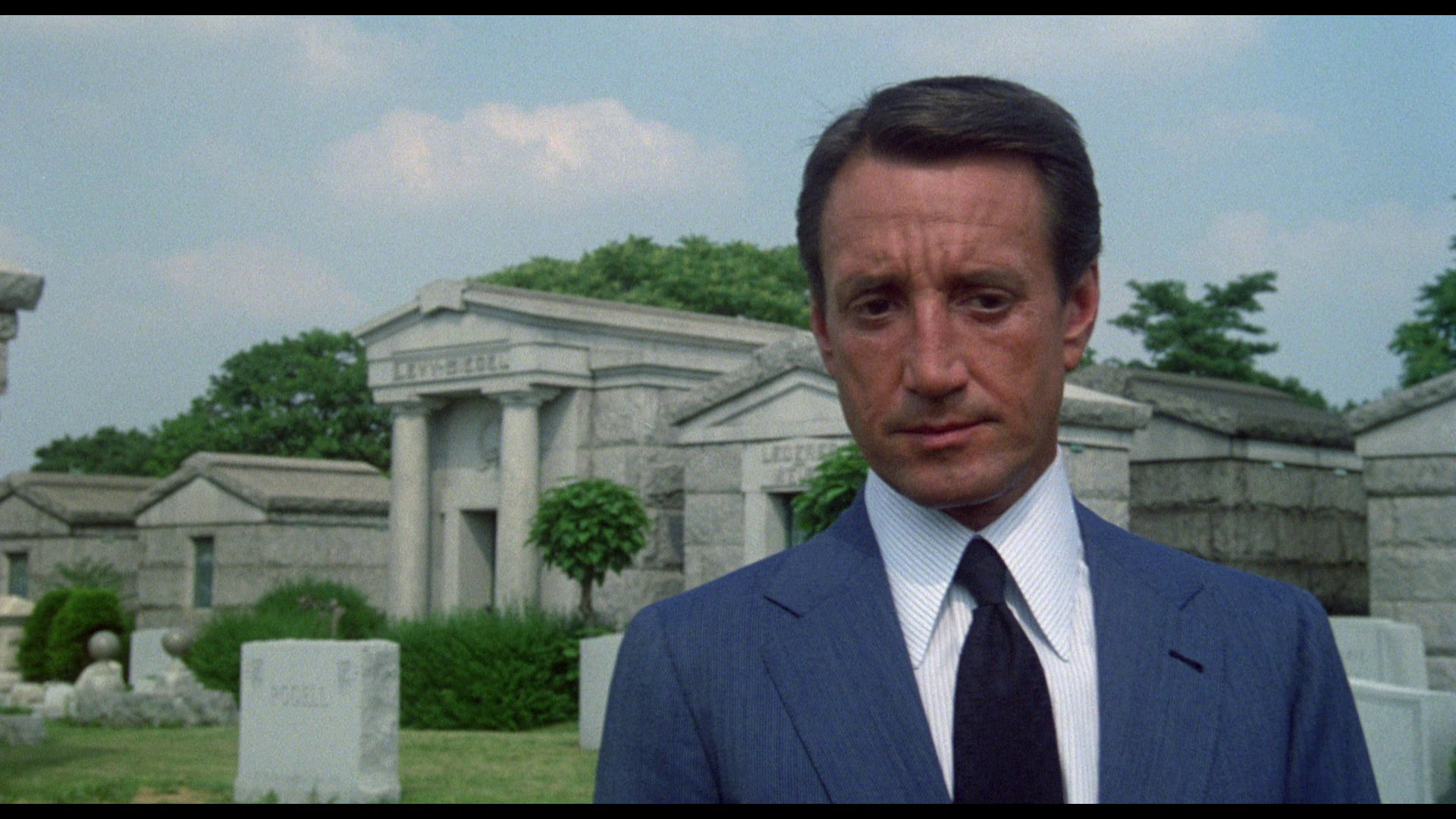 Dave Kehr argues that The Last Embrace is a picture about ‘transgenerational guilt and transgenerational revenge’ (Kehr, 2011: 38). Demme was ‘turned on’ to the project by its focus on white slavery in New York, ‘masterminded by religious groups and camouflaged by socially concerned organisations’ – a revelation ‘new to me but one with a basis in historical fact’ (Demme, quoted in Clarens, 2009: 10.). Demme was intrigued by the story, suggesting that it ‘had potential to be a contemporary film noir’, and that as Harry Hannan, ‘Roy Scheider could be the Humphrey Bogart of the seventies’ (Demme, quoted in Kachmar, op cit.: 81). Demme suggests that with another draft of the script, ‘we could have had something’ (Demme, quoted in ibid.). Demme was approached by United Artists with The Last Embrace, who had bought the rights to Murray Bloom’s novel, after a number of other directors had turned it down. Demme worked with the film’s screenwriter, David Shaber, to hone the script; together, Demme and Shaber reached the stage where they had ‘worked on a couple of rewrites together and were getting to the point where it was beginning to work and we were licking the problems inherent in the idea’ when the picture was rushed into production owing to the sudden availability of Roy Scheider (Demme, quoted in Clarens, op cit.: 10). Demme suggested that the screenplay could have benefited from another month of rewrites, but this was not to be (Demme, in ibid.). As a consequence, Demme ‘shot the film hoping to lick the remaining story problems and we didn’t’ (Demme, quoted in ibid.). The rushed production resulted in scenes that were scripted but never shot owing to ‘shooting schedules and commitments for locations’ (Demme, quoted in ibid.). These scenes, Demme has said, would have connected ‘the CIA subplot with the story of the Jewish brothels’ (Demme, quoted in ibid.). The finished picture, for Demme, ‘suffers from their absence’ (Demme, quoted in ibid.). Dave Kehr argues that The Last Embrace is a picture about ‘transgenerational guilt and transgenerational revenge’ (Kehr, 2011: 38). Demme was ‘turned on’ to the project by its focus on white slavery in New York, ‘masterminded by religious groups and camouflaged by socially concerned organisations’ – a revelation ‘new to me but one with a basis in historical fact’ (Demme, quoted in Clarens, 2009: 10.). Demme was intrigued by the story, suggesting that it ‘had potential to be a contemporary film noir’, and that as Harry Hannan, ‘Roy Scheider could be the Humphrey Bogart of the seventies’ (Demme, quoted in Kachmar, op cit.: 81). Demme suggests that with another draft of the script, ‘we could have had something’ (Demme, quoted in ibid.). Demme was approached by United Artists with The Last Embrace, who had bought the rights to Murray Bloom’s novel, after a number of other directors had turned it down. Demme worked with the film’s screenwriter, David Shaber, to hone the script; together, Demme and Shaber reached the stage where they had ‘worked on a couple of rewrites together and were getting to the point where it was beginning to work and we were licking the problems inherent in the idea’ when the picture was rushed into production owing to the sudden availability of Roy Scheider (Demme, quoted in Clarens, op cit.: 10). Demme suggested that the screenplay could have benefited from another month of rewrites, but this was not to be (Demme, in ibid.). As a consequence, Demme ‘shot the film hoping to lick the remaining story problems and we didn’t’ (Demme, quoted in ibid.). The rushed production resulted in scenes that were scripted but never shot owing to ‘shooting schedules and commitments for locations’ (Demme, quoted in ibid.). These scenes, Demme has said, would have connected ‘the CIA subplot with the story of the Jewish brothels’ (Demme, quoted in ibid.). The finished picture, for Demme, ‘suffers from their absence’ (Demme, quoted in ibid.).
The Last Embrace is here presented uncut, with a running time of 101:42 mins.
Video
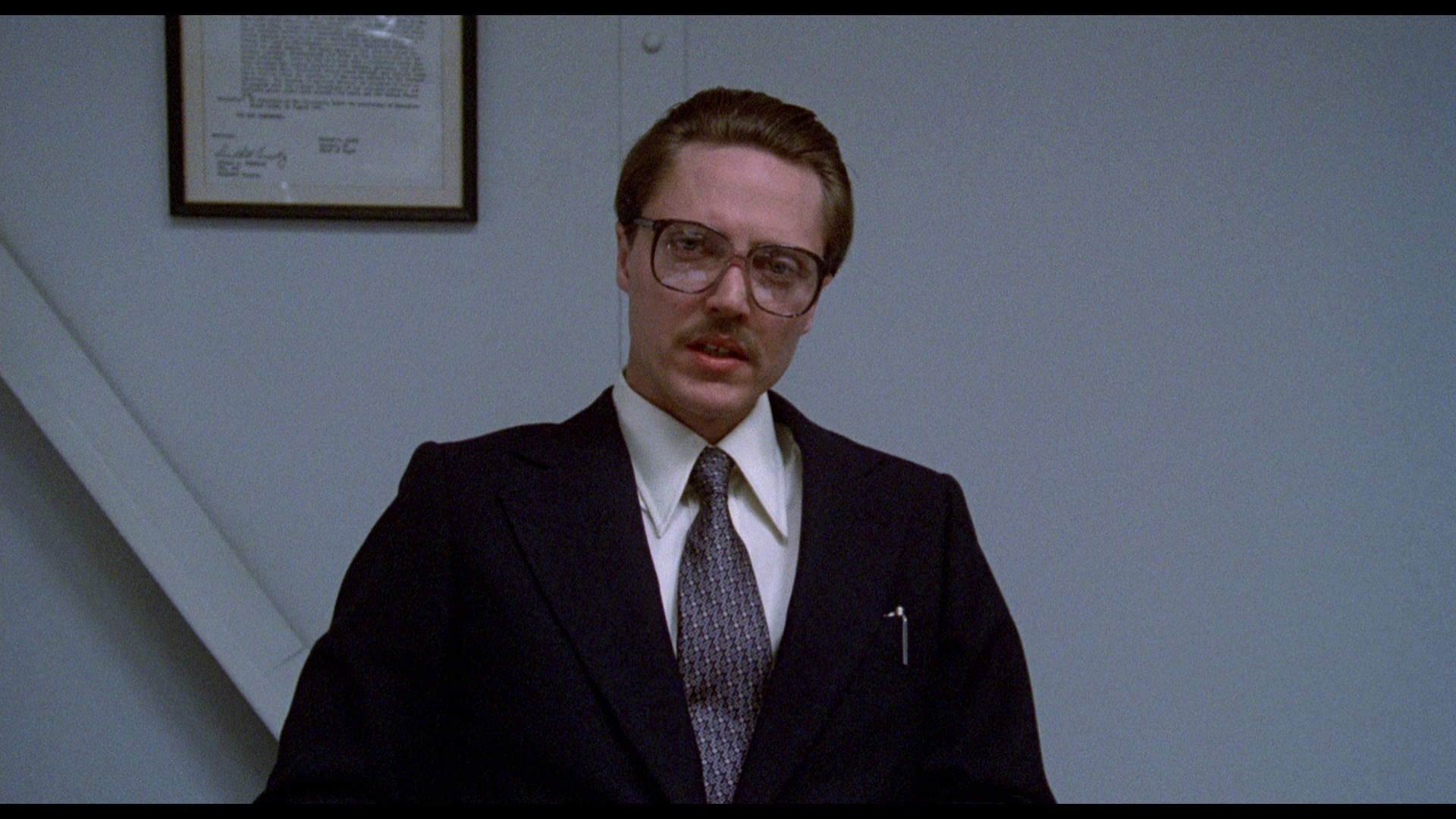 Taking up around 22Gb of space on a single-layered disc, this 1080p presentation of The Last Embrace uses the AVC codec and is in the film’s original aspect ratio of 1.85:1. The 35mm colour photography is here presented in a ‘clean’ transfer that is free of damage and debris. The film’s excellent photography is by Demme’s frequent collaborator, Tak Fujimoto; it’s unconventionally shot, the photography often deliberately disorienting the viewer and destabilising our point of view. When Harry meets Eckart, Fujimoto shoots Walken head-on and with a wide-angle lens which distorts the edges of the frame and makes Walken, who stares into the camera as if we were Harry, seem to offer a direct challenge to the viewer – thus reinforcing our identification with Harry. Taking up around 22Gb of space on a single-layered disc, this 1080p presentation of The Last Embrace uses the AVC codec and is in the film’s original aspect ratio of 1.85:1. The 35mm colour photography is here presented in a ‘clean’ transfer that is free of damage and debris. The film’s excellent photography is by Demme’s frequent collaborator, Tak Fujimoto; it’s unconventionally shot, the photography often deliberately disorienting the viewer and destabilising our point of view. When Harry meets Eckart, Fujimoto shoots Walken head-on and with a wide-angle lens which distorts the edges of the frame and makes Walken, who stares into the camera as if we were Harry, seem to offer a direct challenge to the viewer – thus reinforcing our identification with Harry.
A strong level of detail is present throughout the film (eg, in the close-ups of Scheider’s ‘lived-in’ face), and contrast levels are improved over what DVD can offer. Sequences shot in low light (for example, the opening sequence set in El Paso) seem to have been deliberately underexposed by a stop or two, resulting in the loss of shadow detail – but this would seem to be a deliberate aspect of Fujimoto’s photography within these scenes rather than a ‘weakness’ of this home video presentation. Colours are especially vivid (for example, the bright red – connected metonymically to Ellie’s lipstick, a dark symbol within the film – of the film’s main titles, presented against a deep black screen). The structure of the film looks very slightly muted in some scenes, perhaps suggesting some level of digital noise reduction has been applied in the master supplied by MGM, but on the whole the picture has an organic, film-like appearance which is facilitated by a robust encode to disc. 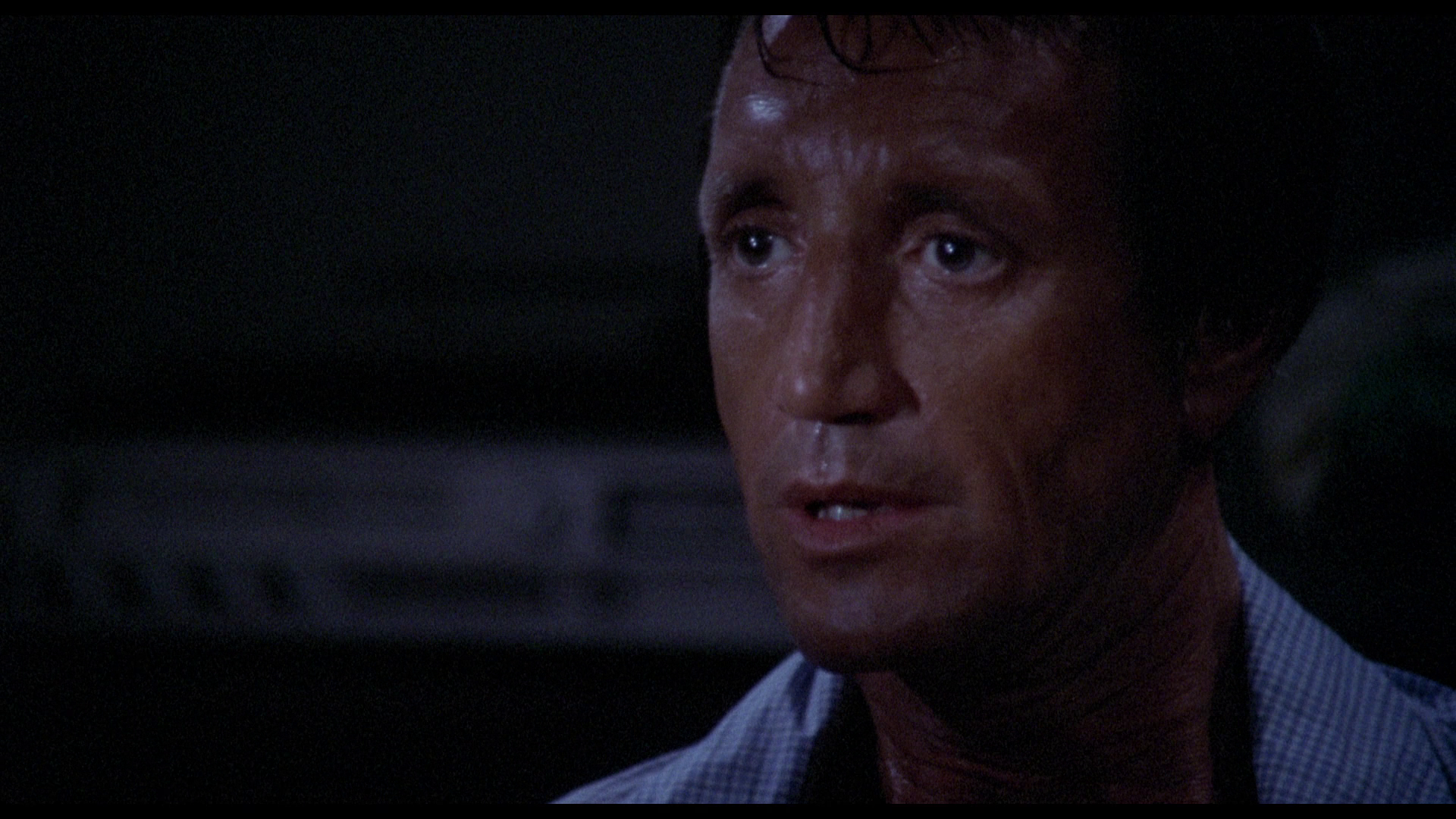  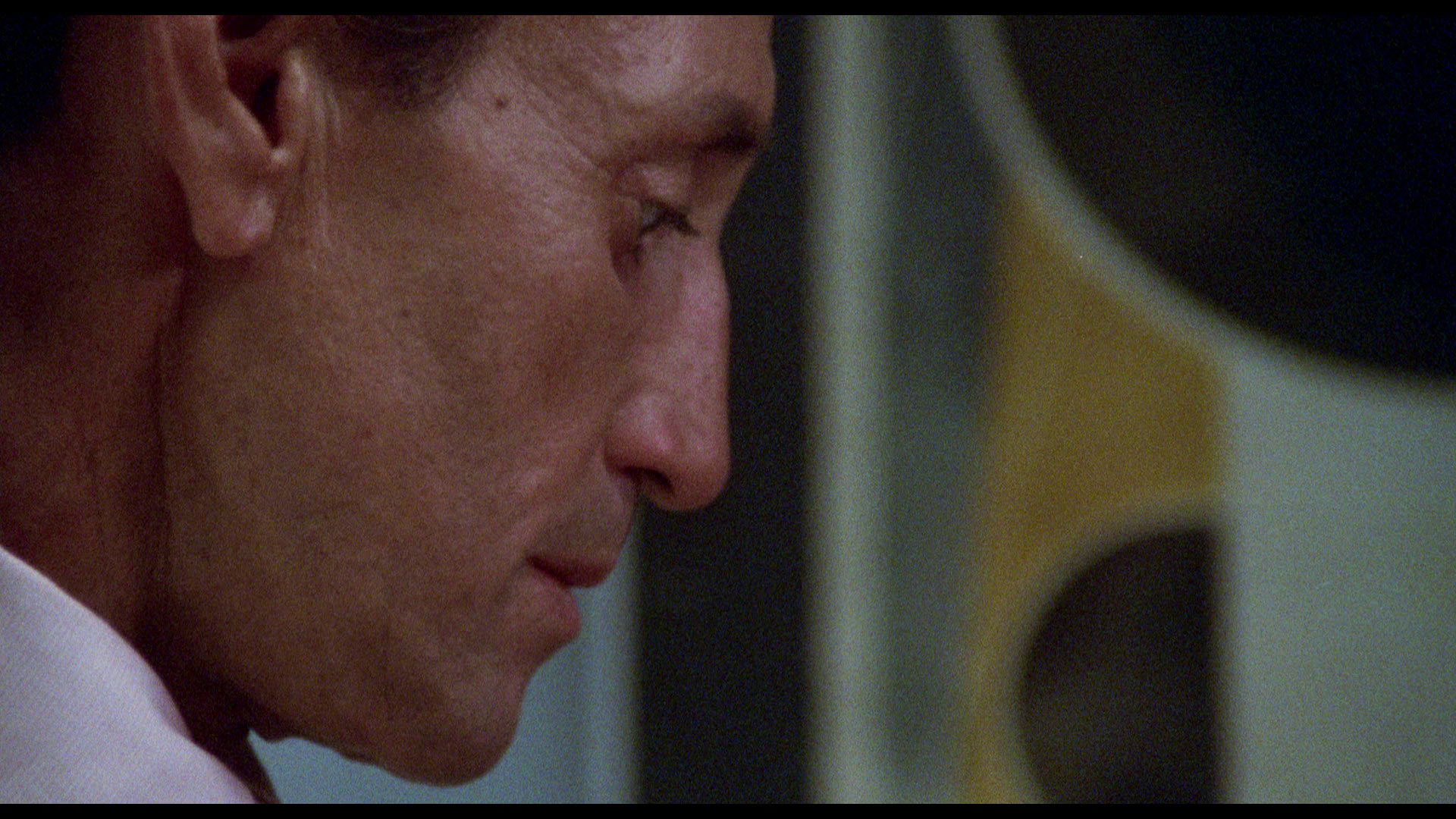 NB. Some larger screen grabs are included at the bottom of this review.
Audio
Audio is presented via a LPCM 2.0 stereo track. This is rich and resonant, particularly noticeable from the opening bars of Rosza’s main titles theme. Optional English subtitles for the Hard of Hearing are included.
Extras
The disc includes an audio commentary by David Thomson. This is an excellent track, in which Thomson discusses the production of the film and its Hitchcockian aspects. The film’s casting is examined, and The Last Embrace’s context within Demme’s career is reflected upon. Also included are the film’s trailer (2:54) and a gallery of lobby cards and stills (0:17).
Overall
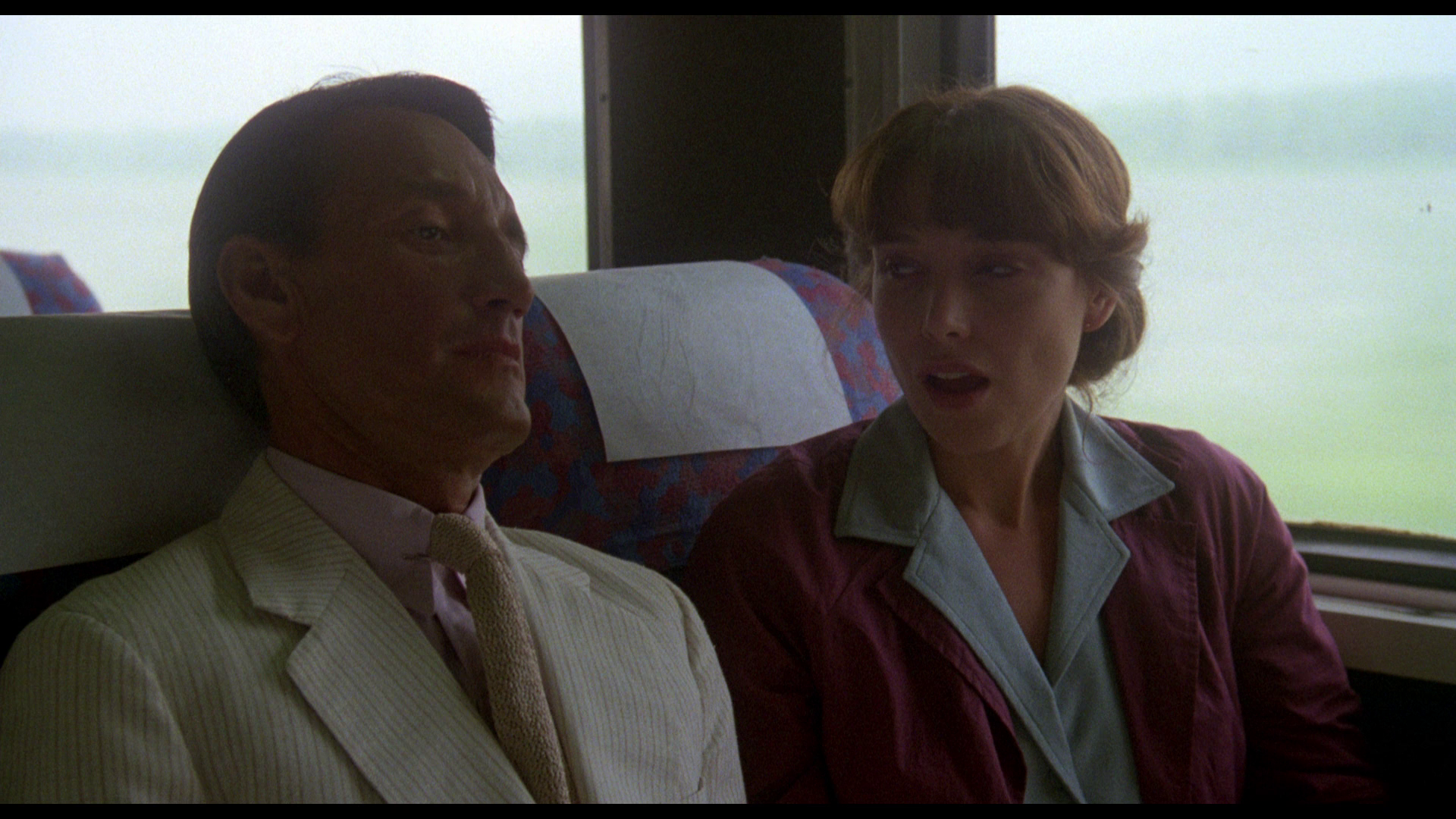 The Last Embrace is a fun film, held together by Scheider’s stoic presence (which to some extent resembles his role as the older brother in John Schlesinger’s adaptation of Marathon Man, 1975). It’s a dark, paranoid film; but it’s also quite disjointed, struggling to reconcile its two halves (the spy and revenge subplots) – something which Demme has highlighted as a product of the circumstances of the film’s production. The Last Embrace is a fun film, held together by Scheider’s stoic presence (which to some extent resembles his role as the older brother in John Schlesinger’s adaptation of Marathon Man, 1975). It’s a dark, paranoid film; but it’s also quite disjointed, struggling to reconcile its two halves (the spy and revenge subplots) – something which Demme has highlighted as a product of the circumstances of the film’s production.
This Blu-ray release contains a pleasing presentation of the film, which is accompanied by an excellent commentary track from David Thomson. (The US disc from Kino contains, by contrast, a wishy-washy interview with producer Michael Taylor.) Fans of Demme will find Signal One’s release of this previously-all-too-hard-to-see picture to be a ‘must buy’ release. References: Clarens, 2009: ‘Demme Monde’. In: Kapsis, Robert (ed), 2009: Jonathan Demme: Interviews. University Press of Mississippi: 6-13 Freedman, Jonathan, 2015: ‘The School of Hitchcock: Swimming in the Wake of the Master’. In: Freedman, Jonathan (ed), 2015: The Cambridge Companion to Alfred Hitchcock. Cambridge University Press: 231-50 Kachmar, Diane C, 2002: Roy Scheider: A Film Biography. London: McFarland & Company Kapsis, Robert, 2009: ‘Introduction’. In: Kapsis, Robert (ed), 2009: Jonathan Demme: Interviews. University Press of Mississippi: vii-xxi Kehr, Dave, 2011: When Movies Mattered: Reviews from a Transformative Decade. The University Press of Chicago 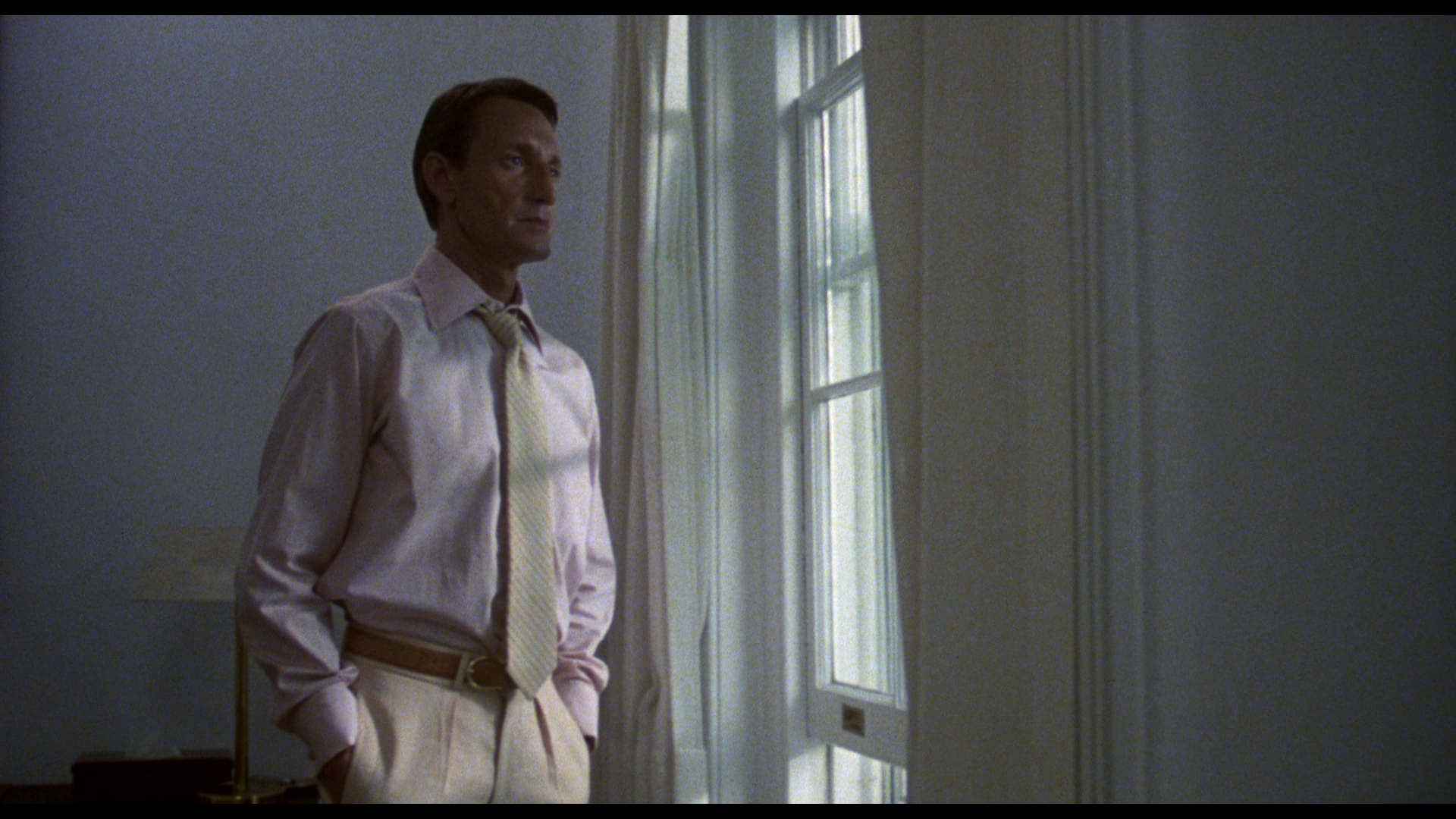


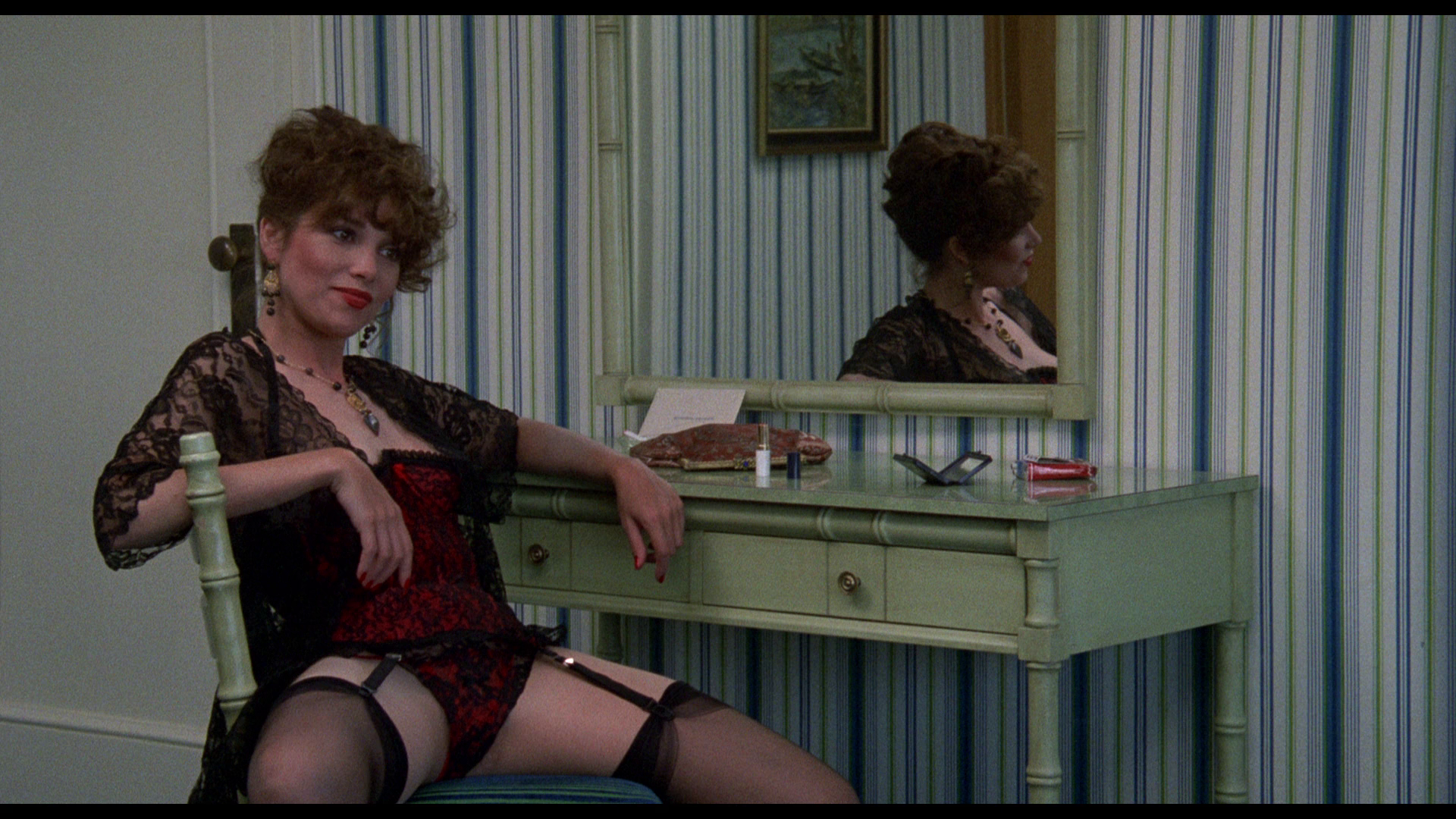
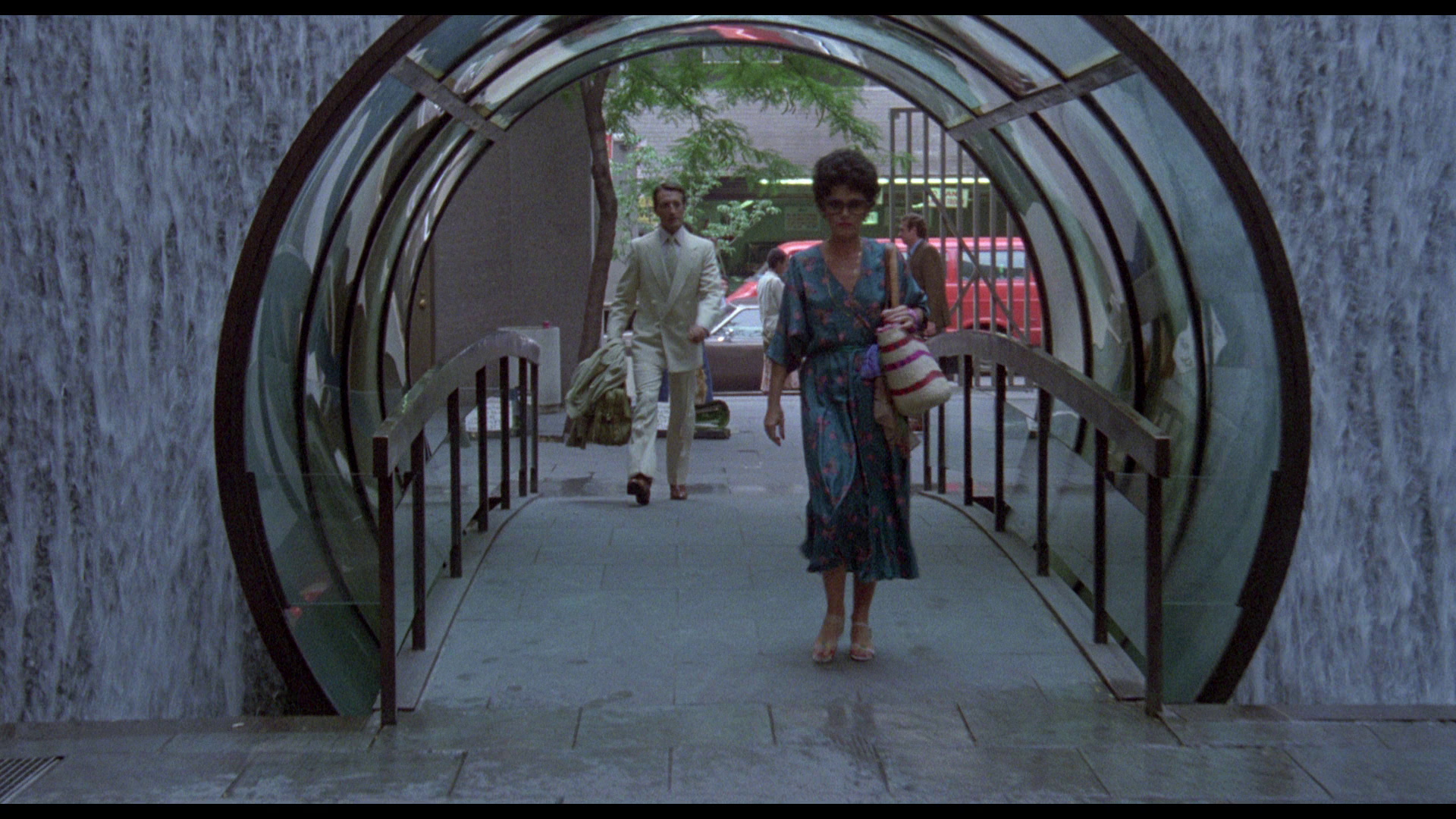
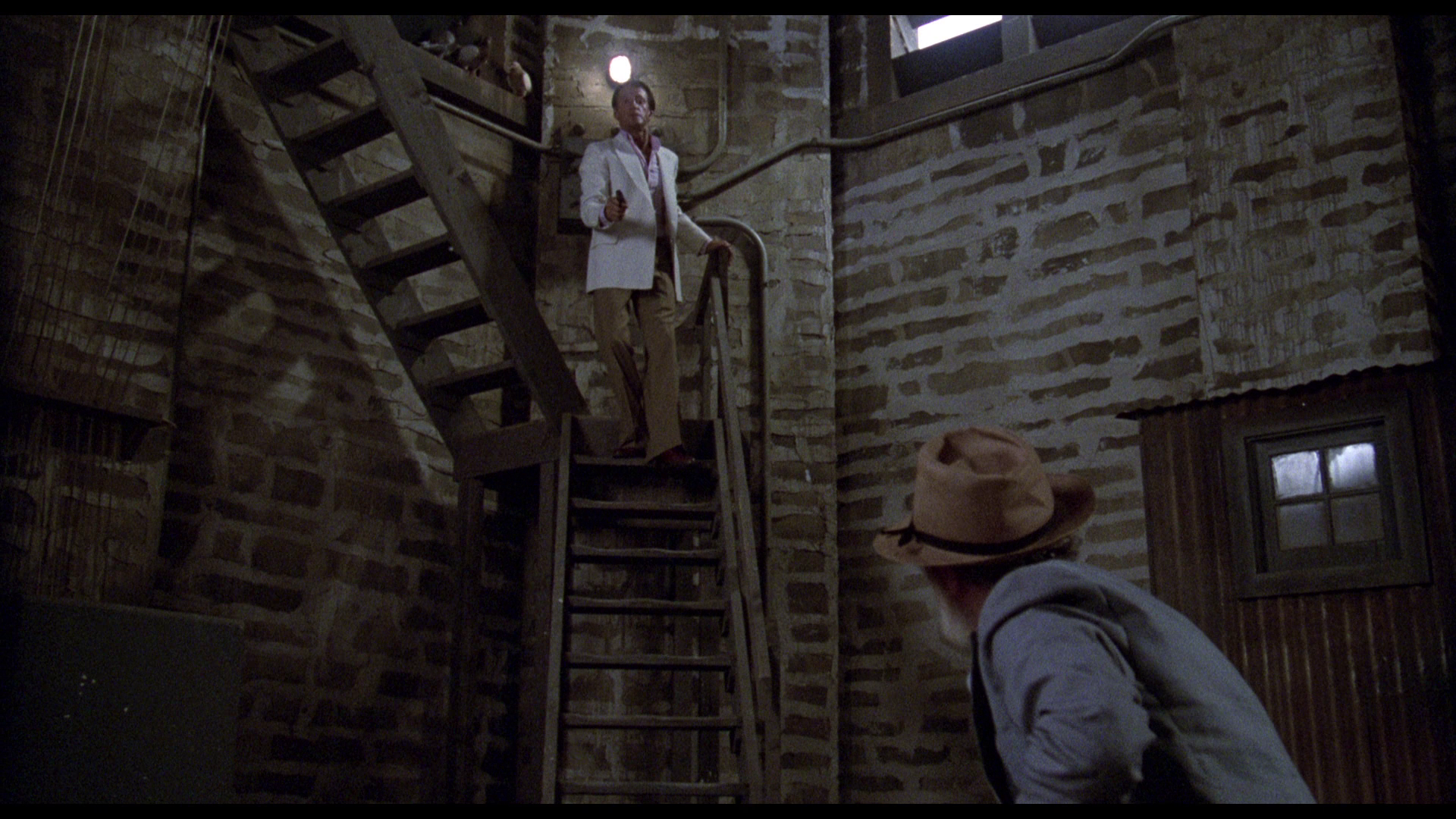
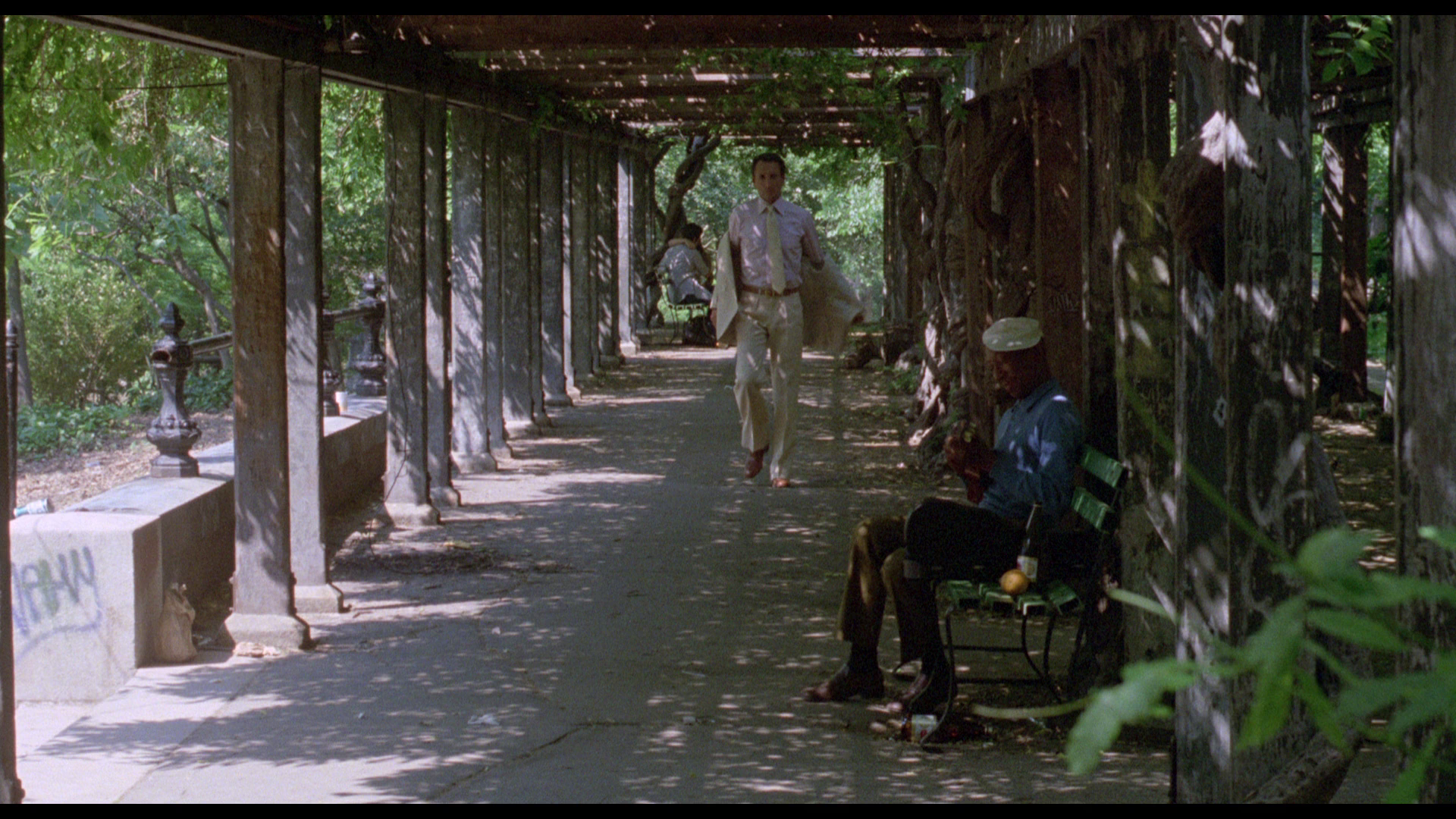
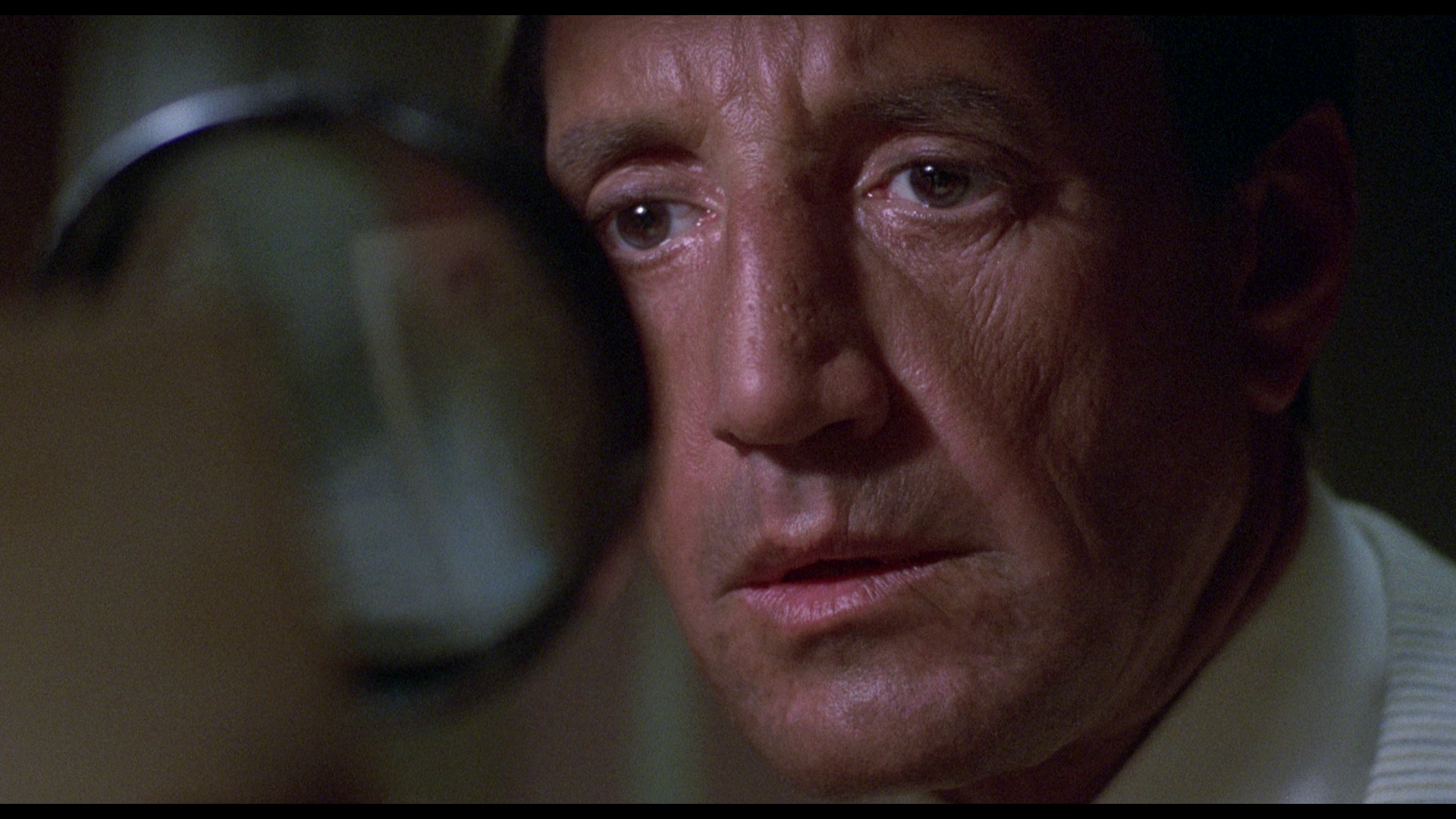
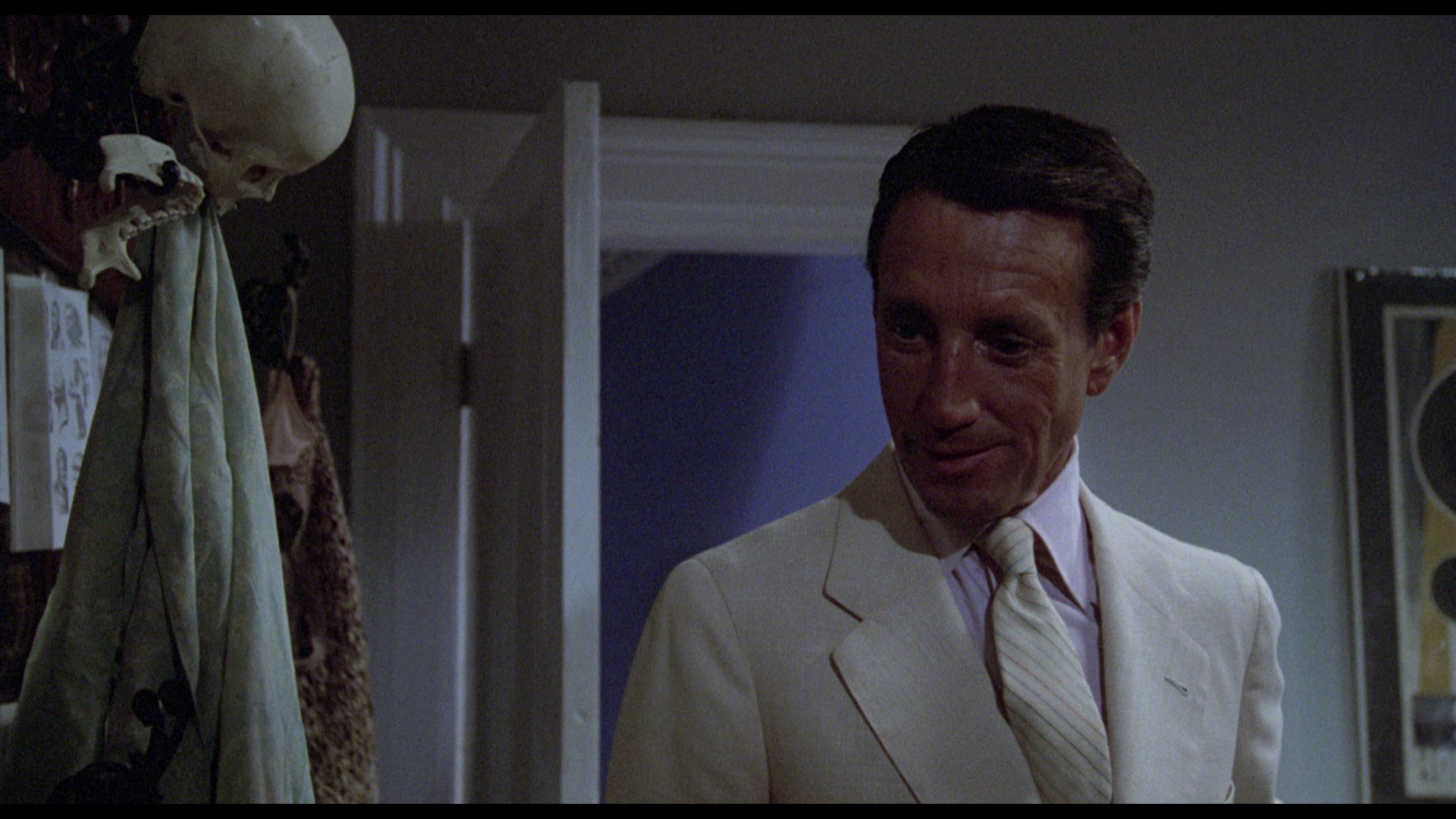
|
|||||

|